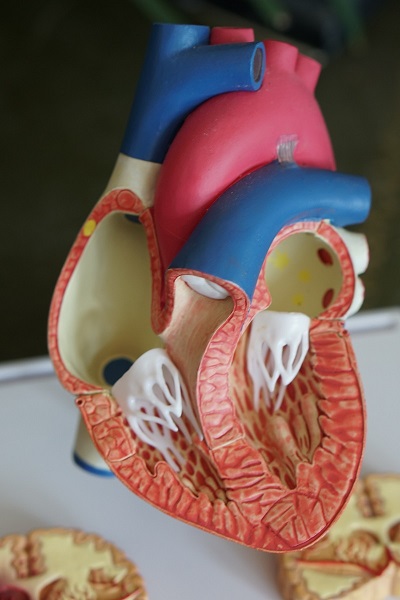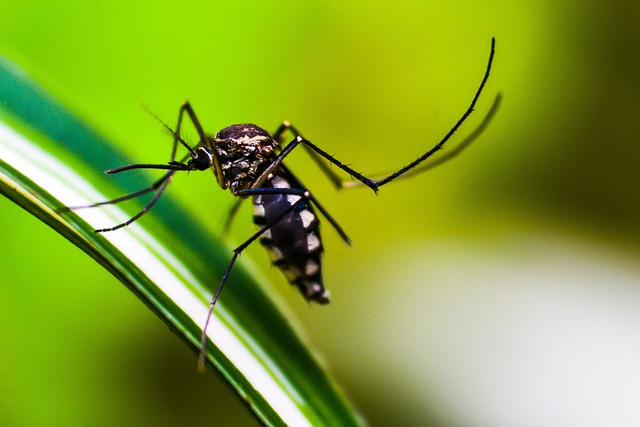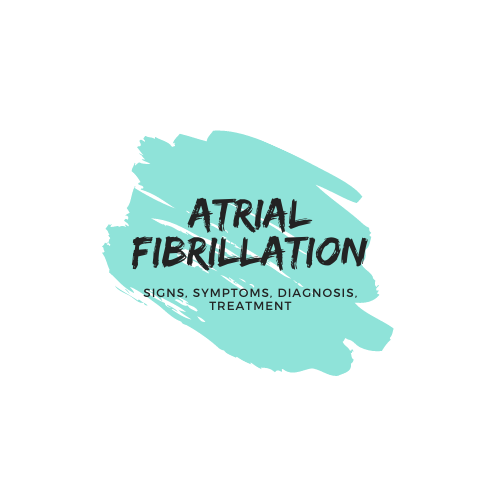Historical aspects of malaria
Malaria is one of the oldest diseases. It is also one disease that almost every one of us is aware of. No other infectious disease can rival it in terms of its influence over the human race.
Why only us humans, it is known to affect other animal species as well. Researchers have found that the disease has a prehistoric origin, even before humans had first originated in Africa. It primarily used to infect the primates then. There is evidence, which shows that malarial parasites were found in mosquitoes that existed some 30 million years back. Later on, the parasites got transmitted from gorillas and chimpanzees to humans. From Africa, wherever the human race went, they took the disease along with them.
Table of Contents
- Some interesting aspects since the early years
- Malaria in the middle ages
- Malaria in present day
- Origin of the term Malaria
- The first drugs in the cure of Malaria
- Quinine – The wonder drug

Some interesting aspects since the early years
There are many interesting instances about the historical aspects of malaria. When the Great Pyramids were being built in ancient Egypt, it is said that the workers were given huge amounts of garlic to keep the disease at bay.
Whether the garlic was able to ward off the disease or not, is not documented, but it is a known fact that Egyptian royals like the Pharaohs, including Cleopatra VII (the last of the Pharaohs), have been regulars at using mosquito nets while sleeping. Apart from the Egyptians and the Romans, there are text documents, both by Chinese and Indian scholars mentioning the disease that dates back to 2700 BC and 600 BC respectively.
Many historians are of the opinion that the fifth century AD fall of the Roman Empire was primarily due to an epidemic that was caused by a certain deadly strain of the malarial parasite that went by the name Roman fever. Lifestyle disorders is another big health issue in India.
Malaria in the middle ages
In the Middle Ages too, malaria was in prominence in Europe and elsewhere. The disease had such a hold over human populations that it found mention in eight of Shakespeare’s plays. Though there is no mention of the presence of malaria in the two Americas before Columbus discovered the new world. It is very likely that the European settlers and their African slaves brought the disease along with them. This resulted in the native population in both the Americas, suffering huge casualties.
Malaria in present day
In the present times, except other than Antarctica, no other continent is safe from it, be it the rich developed world in Europe and North America or the poverty-stricken countries of Africa and Asia. Hundreds of years of research have been done for its prevention and treatment, but the scourge of malaria continues to exist, causing death in great numbers.
Unlike smallpox, polio and a few others, the medical fraternity is yet to come to grips with the disease. It will be some time before we can eradicate the disease completely. Over the centuries, malaria has killed millions and is still one of the primary reasons for people dying of diseases. In tropical countries like India, things are even worse. In various wars, be it the American Civil War or the two World Wars, especially in the tropical regions, more people have died due to malaria, rather than getting killed while fighting.
Origin of the term Malaria
The name malaria is believed to have originated from the Roman era from medieval Italian words ‘mal aria’, which means ‘bad air’. Those days it was thought that the disease was a result of the bad fumes that emanated from the swampy marshes, and where mosquitoes bred in abundance.
The first drugs in the cure of Malaria
The earliest recorded cures for malaria were achieved by the American Indians. Spanish missionaries working in America found the Indians using the bark of the Cinchona tree for reducing the shivering effects caused by severe chills. The barks, popularly called fever tree barks, were also effective in curing malaria. In the 17th century, the missionaries introduced the Cinchona bark and its cure to Europe, where its medicinal properties were studied.
With time, the Cinchona bark won acceptance as a general use medicine. However, it was after 200 years in the 19th century that the scientific community could establish its curative properties against malaria.
Quinine – The wonder drug
The first modern medicine against malaria is quinine, which is a natural cinchona alkaloid, separated from the fever tree bark. Before its use, the cinchona bark used to be dried, powdered and mixed into a liquid for consumption. The quinine proved highly effective in the cure of malaria. Its popularity grew and by the end of the 19th century; it was getting manufactured in huge quantities.
The fight against malaria took a better shape when certain dyes were developed. These dyes helped in identifying the malarial parasites during the examination of the blood cells of the affected patients. Hugely popular during its time, quinine is no more a major drug in the cure of malaria. However, the extracts from the cinchona tree are still very popular with modern medicines.











